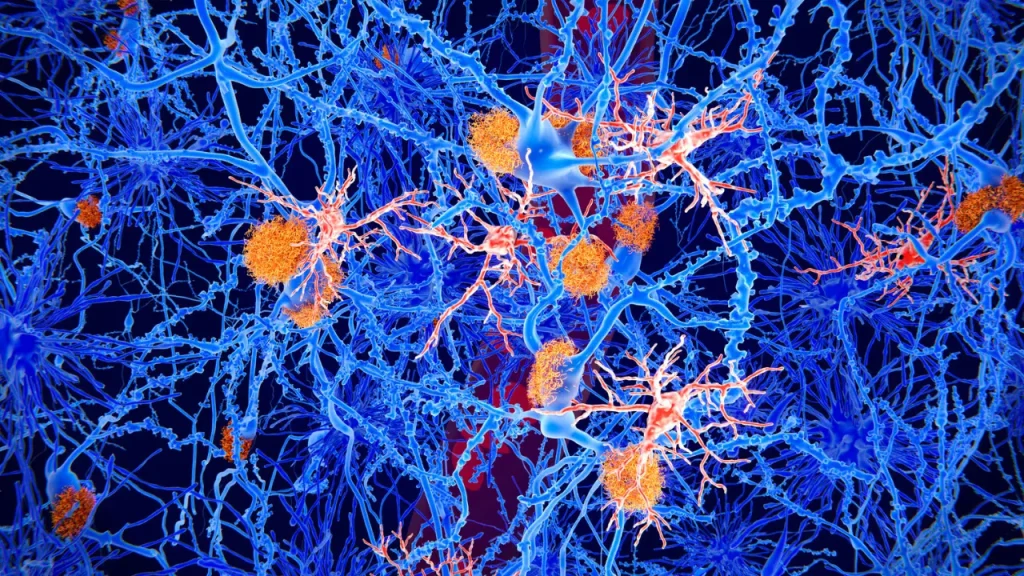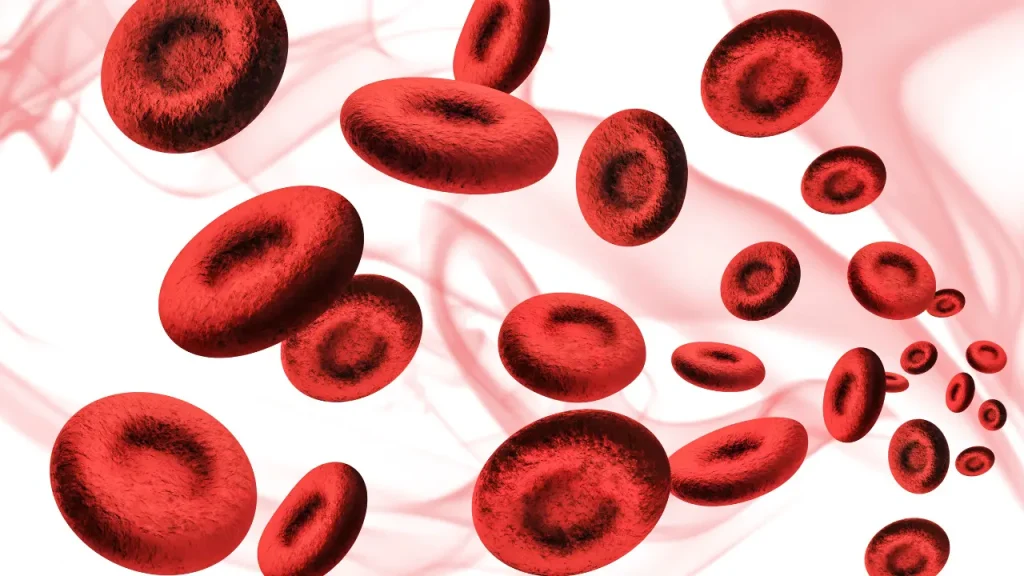A vital trace mineral that is crucial to human health is Copper. It is essential for several body processes, such as the creation of energy, iron metabolism, neurotransmission, and antioxidant defense. The chemistry of Copper, its physiological modes of action, health advantages, recommended dosages, possible adverse effects, interactions, and best practices for safe usage are all covered in this article.
You May Also Like:
The Best Supplements for Brain Injury: 5 Top Brands Reviewed
The Best Mushroom Supplements for Memory: 5 Top Brands Reviewed
Copper: Benefits, Dosage, Side Effects, Drug Interactions, and Other Important Information is an original (NootropicsPlanet) article.
The Nature of Copper
The defining characteristics of Copper are its reddish-brown hue and superb thermal and electrical conductivity. From a biological standpoint, Copper usually resides in an oxidized (Cu2+) or reduced (Cu+) state and may switch between these forms. This particular property of Copper is the one that enables it to take part in many metabolic activities as a catalytic cofactor.
Health Benefits of Copper
The numerous functions of Copper highlight how vital it is to good health. Sufficient Copper consumption promotes immunological, neurological, cardiovascular, and bone health. It also aids in the body’s generation of energy and antioxidant defenses.

Chemistry of Copper
The chemical element Copper has the atomic number 29 and the symbol Cu, an abbreviation which is derived from the Latin word “cuprum.” It belongs to group 11, period 4 of the periodic table and is classified as a transition metal.
Due to its propensity to exist in two separate oxidation states, Cu+ (cuprous) and Cu2+ (cupric), each with its own unique features, Copper is unusual chemically. The unique characteristics make Copper an efficient catalyst in a variety of chemical processes, together with its superior electron conductivity.
Copper has a full d-electron shell and a single positive charge. Copper is diamagnetic in the Cu+ state, meaning that a magnetic field does not attract it. Cu2. On the other hand, Copper has two positive charges: one unpaired electron in its d-shell and paramagnetic characteristics, which means it is drawn to a magnetic field. The bulk of biological interactions with Copper involve the cupric form Cu2+, which is more stable and common in aqueous solutions.
The key to Copper’s functions is its capacity to transition between its Cu+ and Cu2+ forms through reduction and oxidation (redox) processes. The role of Copper as an enzymatic cofactor, which aids in the facilitation of electron transport during chemical processes, depends on its redox capacity.
Physiological Mechanism of Copper’s Action
- Enzymatic Reactions: Copper is a cofactor for a number of enzymes: cytochrome c oxidase, which is involved in the creation of cellular energy; superoxide dismutase, a potent antioxidant; and lysyl oxidase, which is required for the synthesis of collagen and elastin. Copper is essential for these enzymes to perform their metabolic tasks.
- Iron Metabolism: Copper aids in the movement of iron from the intestinal mucosa to the liver and bone marrow for the production of red blood cells. This is accomplished by helping to oxidize Fe2+ (ferrous iron) to Fe3+ (ferric iron), which facilitates the binding of the latter to transferrin, the protein responsible for transporting iron in the blood.
- Neurotransmission: Copper functions as a cofactor for the enzyme dopamine -hydroxylase, which is involved in the manufacture of neurotransmitters like norepinephrine.
- Antioxidant Defense: As a component of the enzyme superoxide dismutase, Copper helps to scavenge dangerous free radicals, shielding cells from oxidative stress and injury.


Optimal Dosage of Copper
The Recommended Daily Allowance (RDA) for Copper for adults is 900 micrograms per day, according to the National Institutes of Health (NIH). Individual demands, however, might differ depending on factors like age, sex, and general health. As a result, you should seek expert advice from a healthcare provider for tailored recommendations.
Side Effects and Toxicity of Copper
While a Copper deficit can result in health problems including anemia, a weaker immune system, and irregularities in the bones, an excessive amount of Copper can also be dangerous. Even though it is uncommon, acute Copper poisoning can result in symptoms including nausea, vomiting, diarrhea, and jaundice. Chronic Copper poisoning can cause liver damage, neurological problems, and mental symptoms. It frequently results from inherited illnesses like Wilson’s disease.


Potential Substance Interactions with Copper
Copper’s absorption and use can be impacted by interactions with a variety of chemicals. For instance, too much zinc supplementation may result in a Copper shortage because zinc and Copper can compete for absorption in the intestines. Similarly to how too much iron may prevent Copper from absorbing, too much iron can do the same. Additionally, vitamin C can increase Copper excretion, which lowers Copper’s bioavailability.
Responsible Use of Copper
Balance is essential for Copper supplementation. The intake of Copper must be sufficient but not excessive. Consuming a diversified diet high in Copper-containing foods, such as organ meats, seafood, nuts, seeds, and whole grains, will help you reach this balance. Under the guidance of a healthcare professional, Copper supplementation should be considered, especially in groups at risk for deficiency, such as people with malabsorption disorders or those on limited diets.
As a vital trace mineral, Copper plays several different roles in maintaining human health. Copper’s physiological methods of action, health effects, and possible interactions must all be understood in order to appreciate its significance in the human body fully and ensure its ethical usage. The key to using supplements effectively is to maintain a healthy balance.
Copper:
Conclusion
For some readers, it may seem strange or out of the ordinary to see an article about Copper, a metal used for industrial purposes. Regardless of Copper’s industrial uses in our society, it also has a place in the health sector. Copper is an essential substance that contributes to stable and enduring health. It is a strong substance, and as the article states, there is a risk of overconsumption without professional guidance that could result in serious, negative consequences. When taken in moderation, Copper bolsters health in areas such as digestion, circulation, bones, immunity, and more.


References:
- “Copper.” Retrieved From: https://ods.od.nih.gov/factsheets/Copper-HealthProfessional/
- “Role of the Ceruloplasmin in Cellular Iron Uptake.” Retrieved From: https://www.science.org/doi/10.1126/science.279.5351.714
- “Copper in health.” Retrieved From: https://en.wikipedia.org/wiki/Copper_in_health
Important Note: The information contained in this article is for general informational purposes only, and should not be construed as health or medical advice, nor is it intended to diagnose, prevent, treat, or cure any disease or health condition. Before embarking on any diet, fitness regimen, or program of nutritional supplementation, it is advisable to consult your healthcare professional in order to determine its safety and probable efficacy in terms of your individual state of health.
Regarding Nutritional Supplements Or Other Non-Prescription Health Products: If any nutritional supplements or other non-prescription health products are mentioned in the foregoing article, any claims or statements made about them have not been evaluated by the U.S. Food and Drug Administration, and such nutritional supplements or other health products are not intended to diagnose, treat, cure, or prevent any disease.
